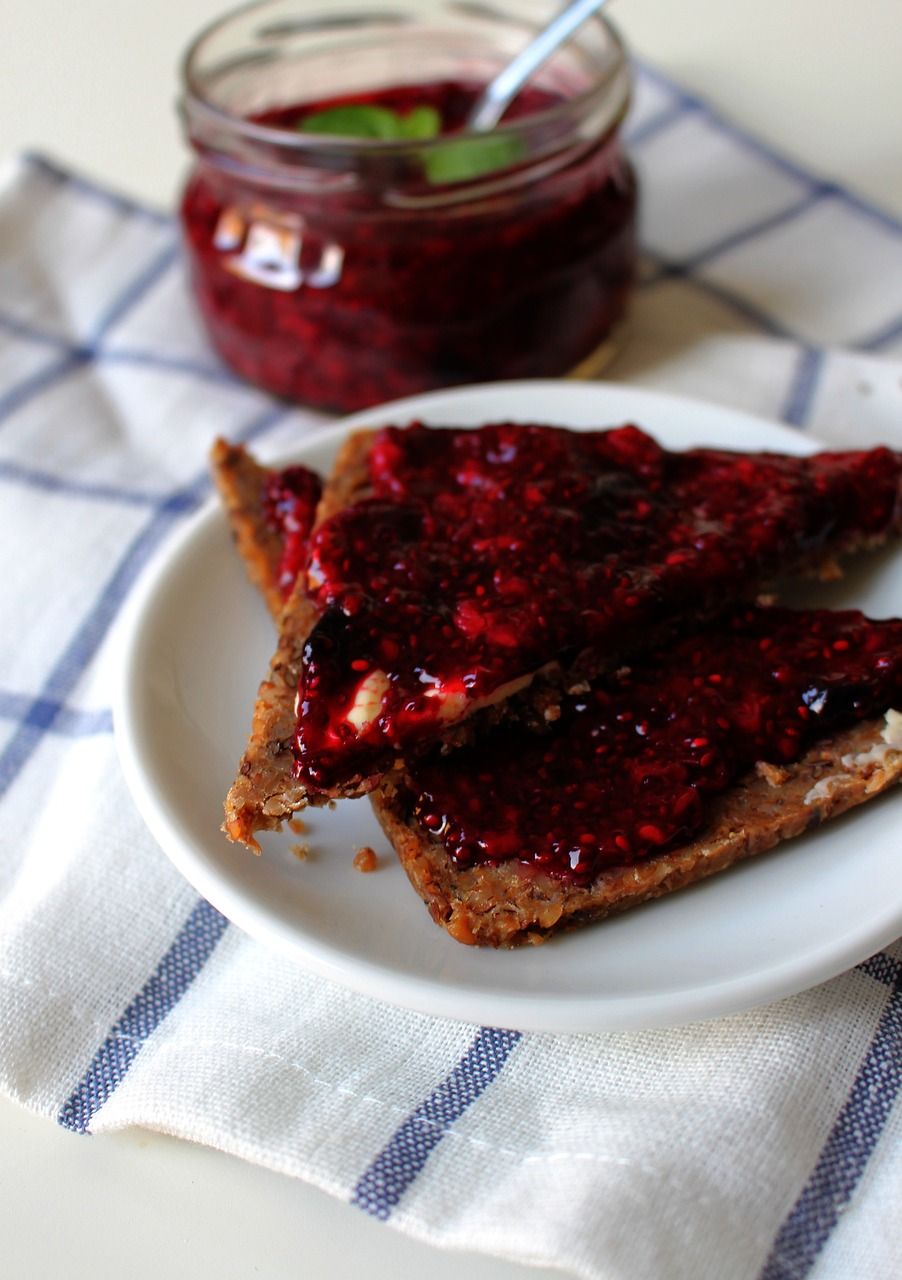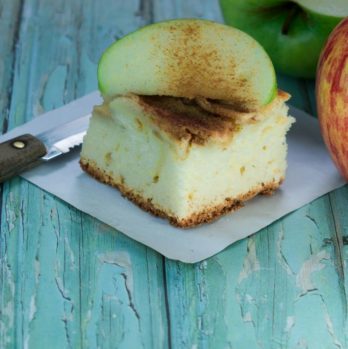Mascarpone Dessert: A Decadent Delight for Food Enthusiasts

Introduction:
Mascarpone dessert is a delectable treat enjoyed by food enthusiasts all around the world. With its creamy and velvety texture, this Italian cheese adds a touch of luxury to any dessert. From tiramisu to cheesecakes, mascarpone is a versatile ingredient that enhances both taste and presentation. In this article, we will delve into the world of mascarpone dessert, exploring its different types, popular recipes, and historical significance.
I. An Overview of Mascarpone Dessert:

Mascarpone dessert, also known as ”mascarpone cheese dessert,” is a sweet delicacy that incorporates mascarpone cheese as its primary ingredient. Mascarpone cheese is a thick, soft, and creamy Italian cheese that can be traced back to the Lombardy region. Its rich flavor and luscious texture make it a perfect choice for creating unforgettable desserts.
II. Presentation and Types of Mascarpone Dessert:
1. Tiramisu: One of the most famous mascarpone desserts, tiramisu combines layers of mascarpone cream, ladyfinger biscuits soaked in espresso, and a dusting of cocoa. Its elegant presentation in individual serving glasses makes it a go-to dessert for dinner parties and special occasions.
2. Mascarpone Cheesecake: This velvety cheesecake variation adds mascarpone to the traditional cream cheese filling, resulting in a smoother texture and a richer flavor. It can be topped with various fruits, chocolate ganache, or even a drizzle of caramel sauce.
3. Mascarpone Mousse: A light and airy dessert, mascarpone mousse is made by combining mascarpone cheese with whipped cream and sweetening agents like sugar or honey. This versatile mousse can be flavored with citrus zest, vanilla, or coffee, making it a crowd-pleasing option for a refreshing treat.
4. Mascarpone Gelato: Mascarpone cheese lends its creaminess to homemade gelato, a frozen Italian dessert similar to ice cream. Using mascarpone in gelato adds a luxurious element, resulting in a smooth, velvety, and intensely creamy dessert.
III. Quantitative Measurements of Mascarpone Dessert:
When it comes to quantifying mascarpone dessert, the richness and creaminess are difficult to put into numbers. However, understanding the nutritional aspects can be helpful. One hundred grams of mascarpone cheese typically contains around 429 calories, 40 grams of fat, 3 grams of carbohydrates, and 6 grams of protein.
IV. Discussion on Differences in Mascarpone Dessert:
Despite the common use of mascarpone cheese, different mascarpone desserts vary in taste, texture, and overall experience. While tiramisu showcases the distinctive combination of coffee, cocoa, and mascarpone, cheesecakes accentuate the richness of the cheese with added toppings and flavors. Mousse and gelato, on the other hand, focus on the creamy texture and subtle taste of mascarpone, making them lighter alternatives.
V. Historical Overview of Pros and Cons of Mascarpone Dessert:
Historically, mascarpone dessert gained popularity in the late 17th century in Italy. The advantages of mascarpone desserts lie in their versatility, as they can be adapted to various flavors and presentations. However, some disadvantages include the high-calorie content and the potential for a heavy mouthfeel.
[INSERT VIDEO HERE: A short clip showcasing the preparation of a classic tiramisu]
In conclusion, mascarpone dessert is a luxurious and indulgent treat that adds a touch of elegance to any occasion. With its wide variety of types and flavors, there is a mascarpone dessert to suit every palate. From the rich and decadent tiramisu to the light and refreshing mascarpone mousse, this Italian cheese brings a unique twist to traditional desserts. So, for food enthusiasts looking to elevate their dessert game, mascarpone dessert is a must-try.











